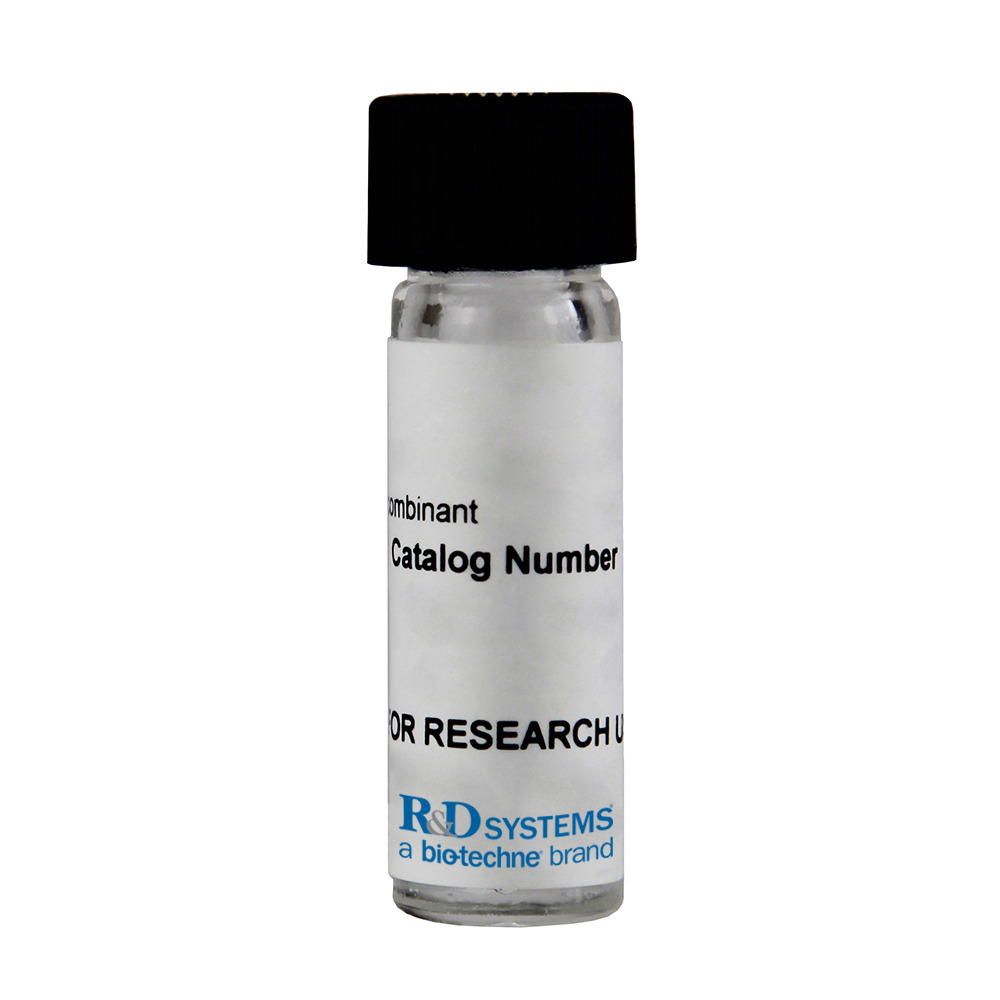Biosensors, Free Full-Text
Por um escritor misterioso
Descrição
Liver fibrosis is a key pathological precondition for hepatocellular carcinoma in which the severity is confidently correlated with liver cancer. Liver fibrosis, characterized by gradual cell loss and excessive extracellular matrix deposition, can be reverted if detected at the early stage. The gold standard for staging and diagnosis of liver fibrosis is undoubtedly biopsy. However, this technique needs careful sample preparation and expert analysis. In the present work, an ex vivo, minimally destructive, label-free characterization of liver biopsies is presented. Through a custom-made experimental setup, liver biopsies of bile-duct-ligated and sham-operated mice were measured at 8, 15, and 21 days after the procedure. Changes in impedance were observed with the progression of fibrosis, and through data fitting, tissue biopsies were approximated to an equivalent RC circuit model. The model was validated by means of 3D hepatic cell culture measurement, in which the capacitive part of impedance was proportionally associated with cell number and the resistive one was proportionally associated with the extracellular matrix. While the sham-operated samples presented a decrease in resistance with time, the bile-duct-ligated ones exhibited an increase in this parameter with the evolution of fibrosis. Moreover, since the largest difference in resistance between healthy and fibrotic tissue, of around 2 kΩ, was found at 8 days, this method presents great potential for the study of fibrotic tissue at early stages. Our data point out the great potential of exploiting the proposed needle setup in clinical applications.
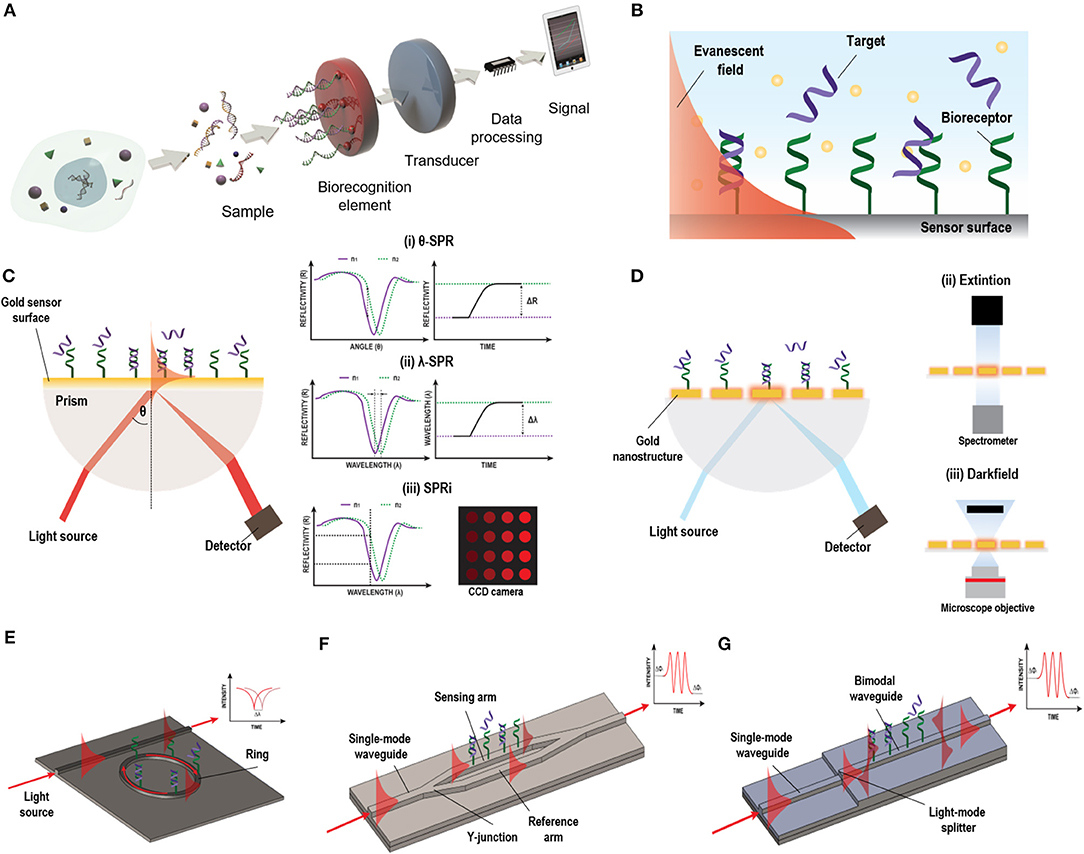
Frontiers Advanced Evanescent-Wave Optical Biosensors for the Detection of Nucleic Acids: An Analytic Perspective

Full article: Label-free plasmonic biosensors for point-of-care diagnostics: a review

Optical and Electrochemical Sensors and Biosensors for the Detection of Quinolones: Trends in Biotechnology

Advances in Cell‐Free Biosensors: Principle, Mechanism, and Applications - Zhang - 2020 - Biotechnology Journal - Wiley Online Library
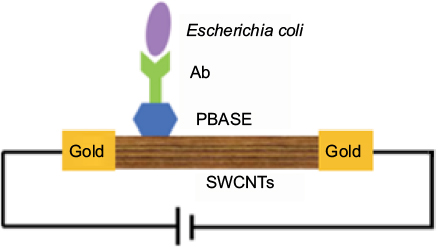
Nanomaterial-based biosensors for biological detections
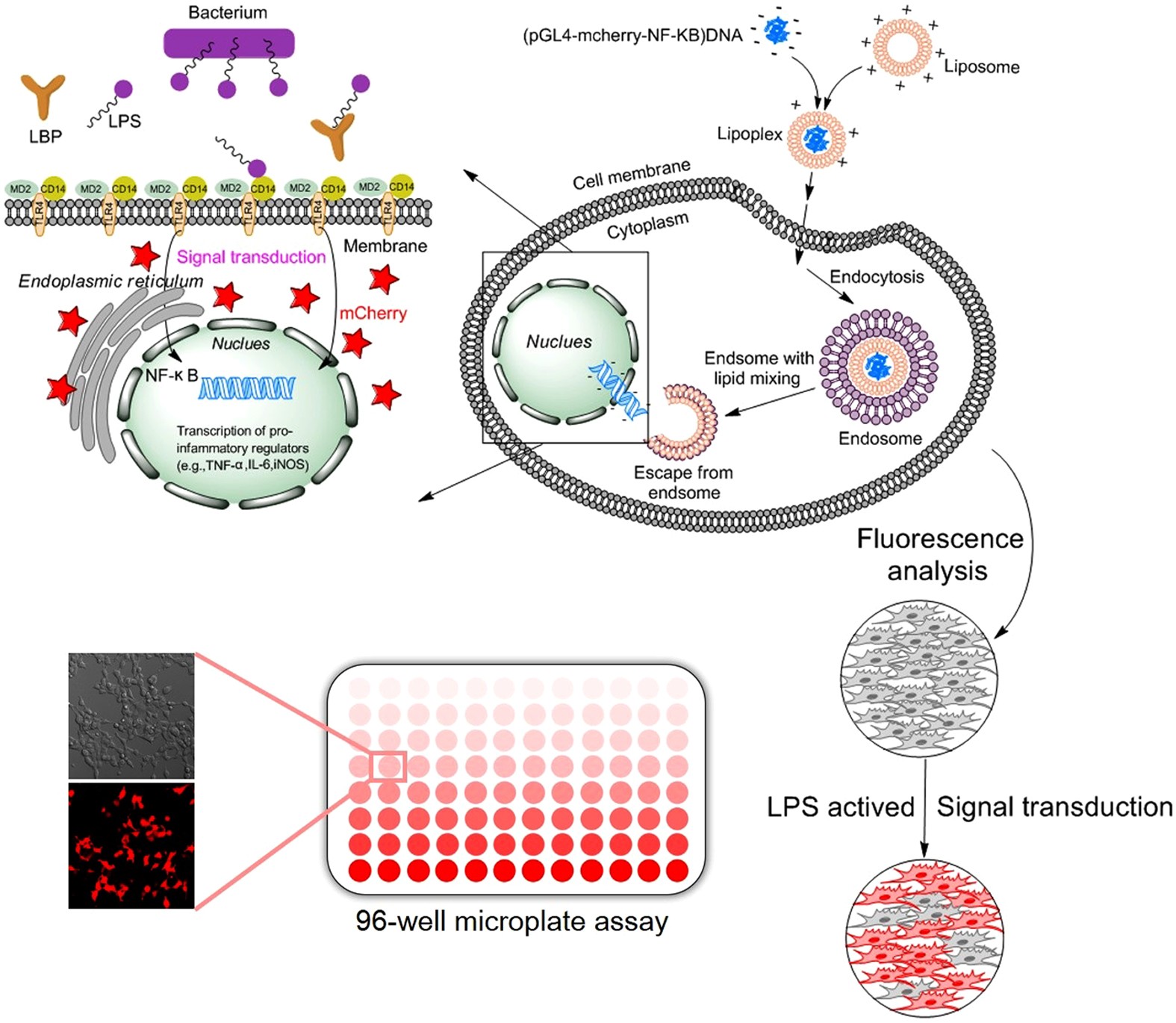
High-throughput living cell-based optical biosensor for detection of bacterial lipopolysaccharide (LPS) using a red fluorescent protein reporter system
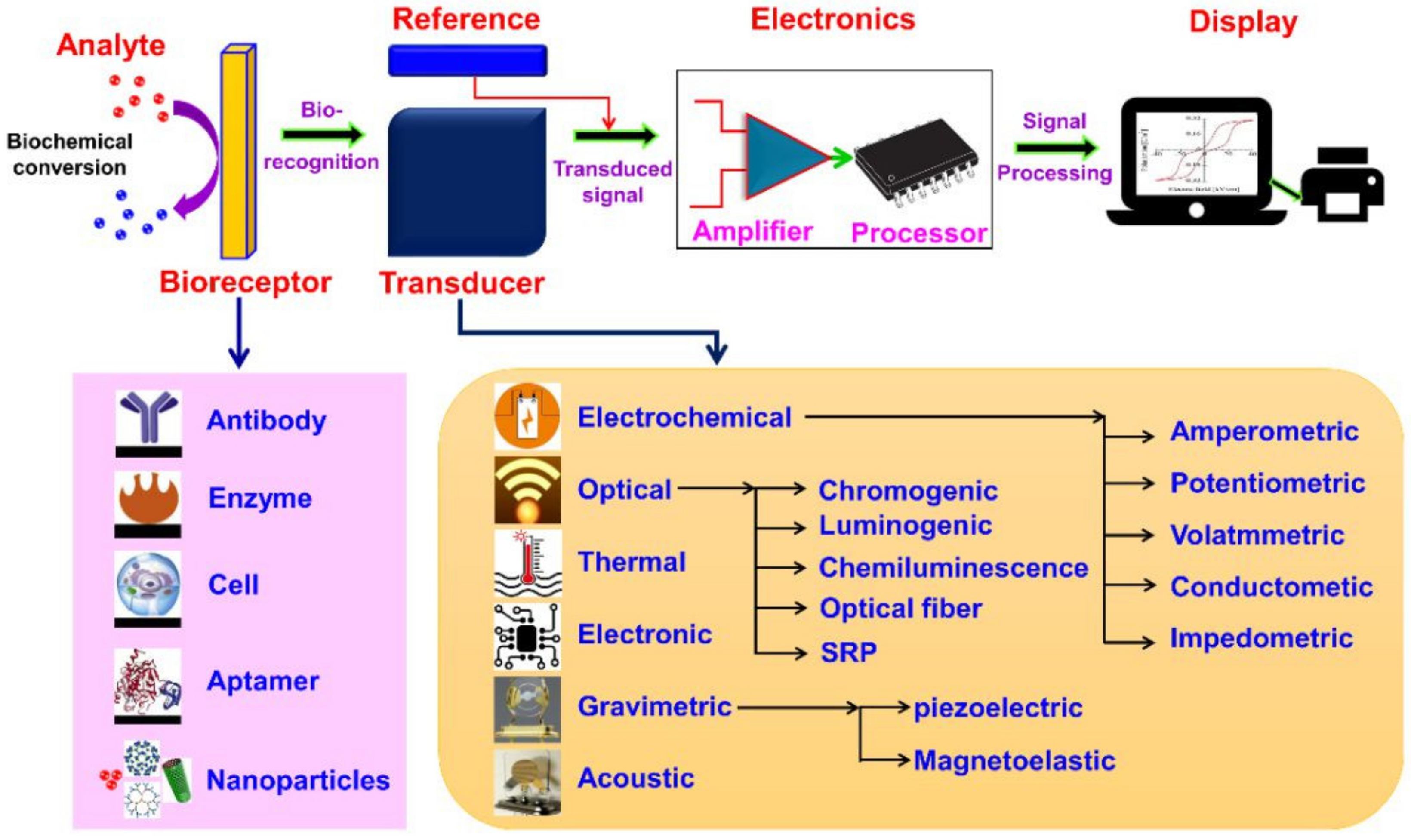
Biosensors, Free Full-Text

A Cell-Free Biosensor for Detecting Quorum Sensing Molecules in P. aeruginosa-Infected Respiratory Samples

Modular Label-Free Electrochemical Biosensor Loading Nature-Inspired Peptide toward the Widespread Use of COVID-19 Antibody Tests

Comparative table of different optical label-free biosensors for the
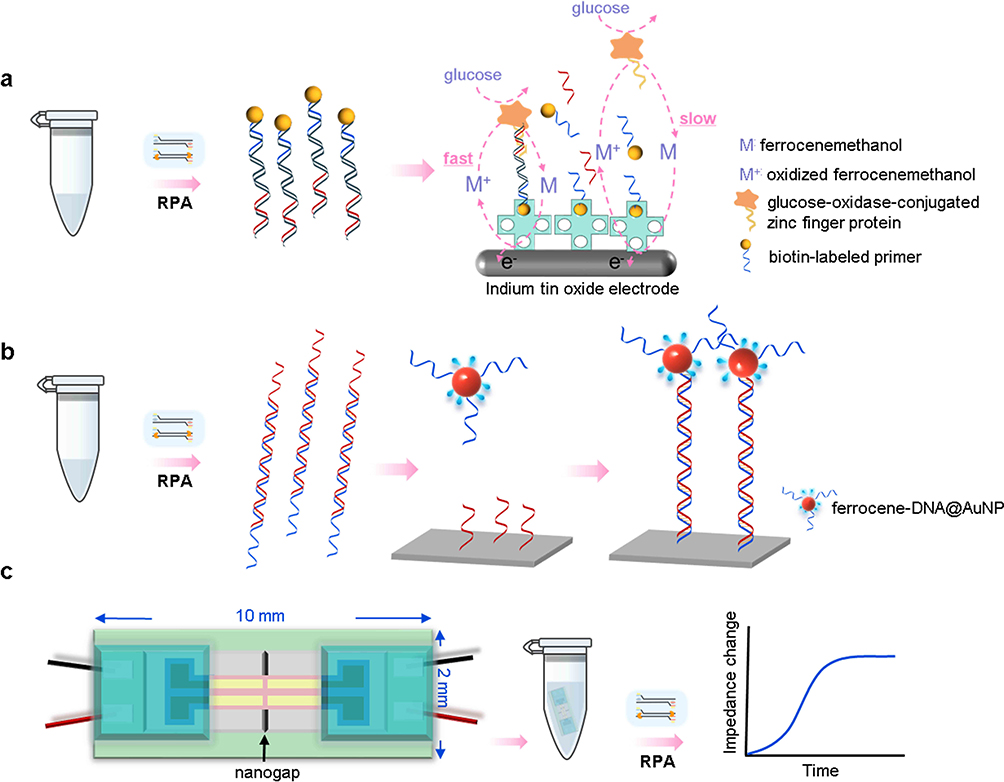
RPA biosensors for rapid zoonoses screening

Biosensor could lead to new drugs, sensory organs on a chip
de
por adulto (o preço varia de acordo com o tamanho do grupo)
/i.s3.glbimg.com/v1/AUTH_bc8228b6673f488aa253bbcb03c80ec5/internal_photos/bs/2019/n/x/tOiN75QjKvNx8Wby63pg/gettyimages-1141723953.jpg)


